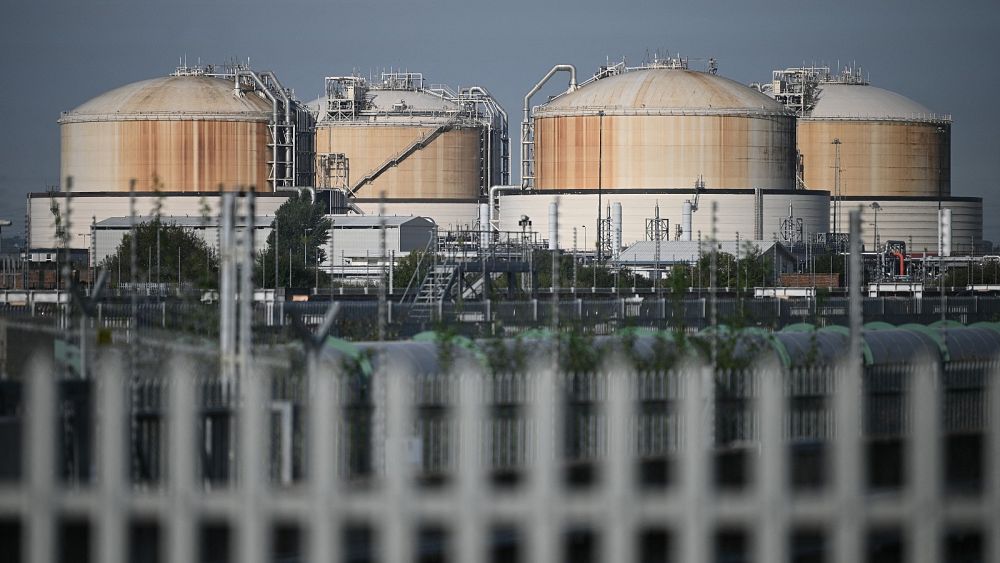
Natural gas prices have surged in Europe as countries exit COVID-19 lockdown, fuelling a crisis that is likely to impact consumers’ bills this winter.
The cost is now six times higher than what it was last year in Europe and is continuing to increase, with the crisis unlikely to abate before the spring.
Governments are scrambling to issue subsidies and cut taxes in an effort to protect consumers.
Here are five charts to help you visualise what’s going on.
Natural gas prices rising steadily
The price of natural gas is six times higher than last year and about four times higher than this past spring.
It’s due to an increase in demand globally as countries restart their economies and come out of lockdown. A longer winter last year and competition from East Asian countries for gas has influenced rising prices.
There are also problems on the supply end, with delayed maintenance and less investment causing problems. Read more about the crisis here.
These gas prices are in turn determining the price in electricity markets, as over a fifth of Europe’s electricity comes from natural gas.
Natural gas imports
The EU is heavily reliant on natural gas imports that come from outside the bloc, as domestic production decreases.
The EU had to import nearly 90% of its natural gas from outside the bloc in 2019, according to the bloc’s statistical office, Eurostat.
Russia is the largest exporter of natural gas into the bloc, representing 43.4% of imports from outside the European Union in 2020, followed by Norway.
There have been many questions among analysts about the supply coming from Russia this year and whether the country has withheld additional gas to force the opening of the newly completed Nord Stream 2 pipeline.
Natural gas storage
One of the concerns in the European Union this year is natural gas storage which is lower than what it was at this time last year.
While it was at around 95% last October, it is currently at around 75% after stocks decreased following a long winter.
“We are not prepared, well prepared to navigate the winter season, which is the heating system, so that is the concern that is driving up prices. Traders, the markets are expecting potentially a supply crunch in the winter, and that is pushing up the prices now,” said Simone Tagliapietra, a senior fellow at the Brussels-based think tank Bruegel.
Euro-area inflation
The surge in natural gas prices has driven up inflation across the 19 countries that make up the eurozone as well, according to newly released Eurostat data.
Inflation is at a 13-year high of 3.4% in eurozone countries due to the 17.4% inflation in the energy sector. That was up from -8.2% inflation in the same sector last September.
Importance of natural gas in EU consumption
Natural gas is the second-most consumed fuel in the 27 EU member states after oil and petroleum products.
Although consumption has decreased compared to 2008, it remains a large source of energy.
Some experts have argued that part of the problem is dependence on fossil fuels and that transitioning to more renewables will help to solve the problem.
But the public demand for fossil fuels will also have to adapt to a new system that contains more renewables.
Read more on Europe’s energy price crisis.